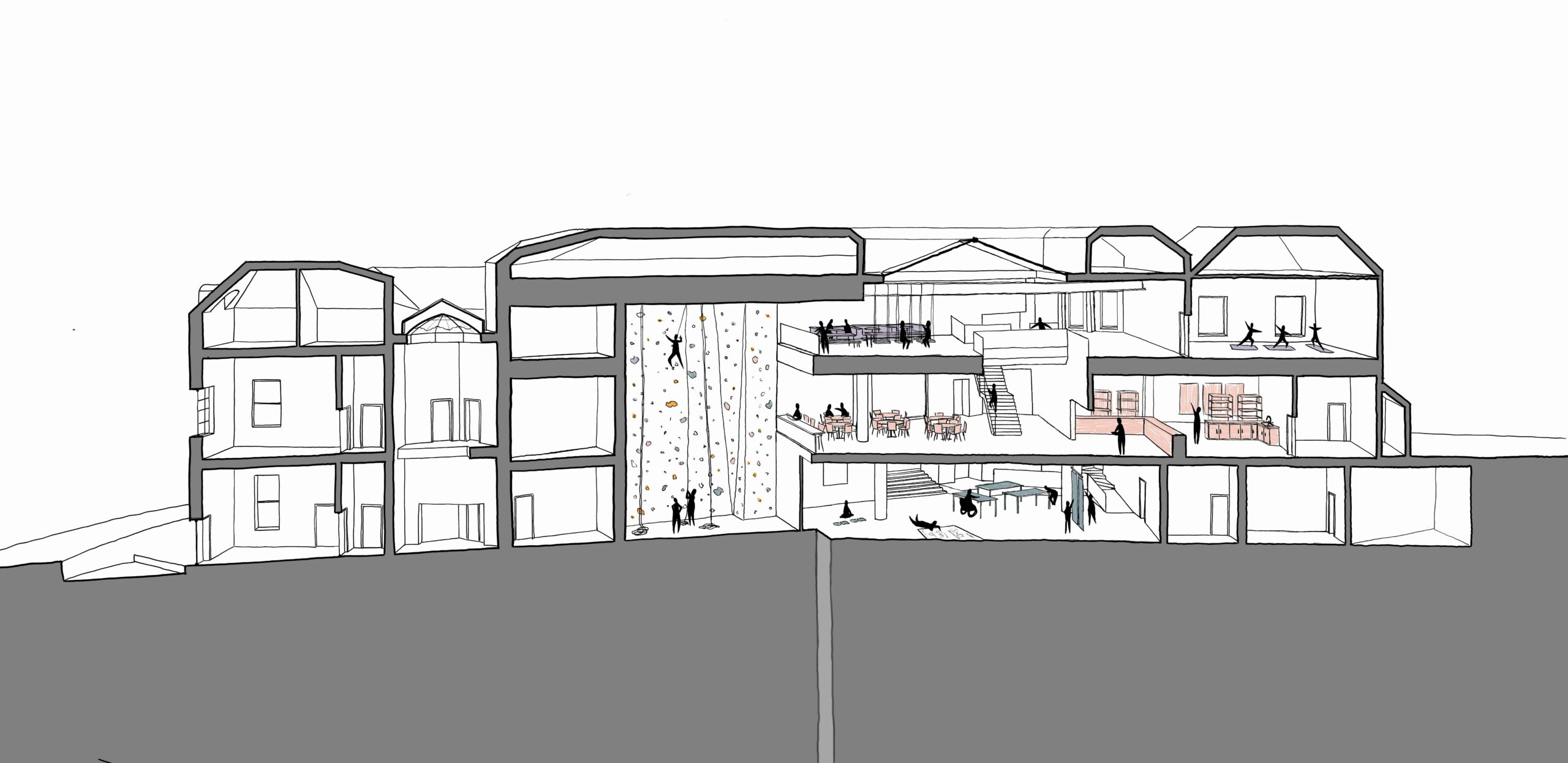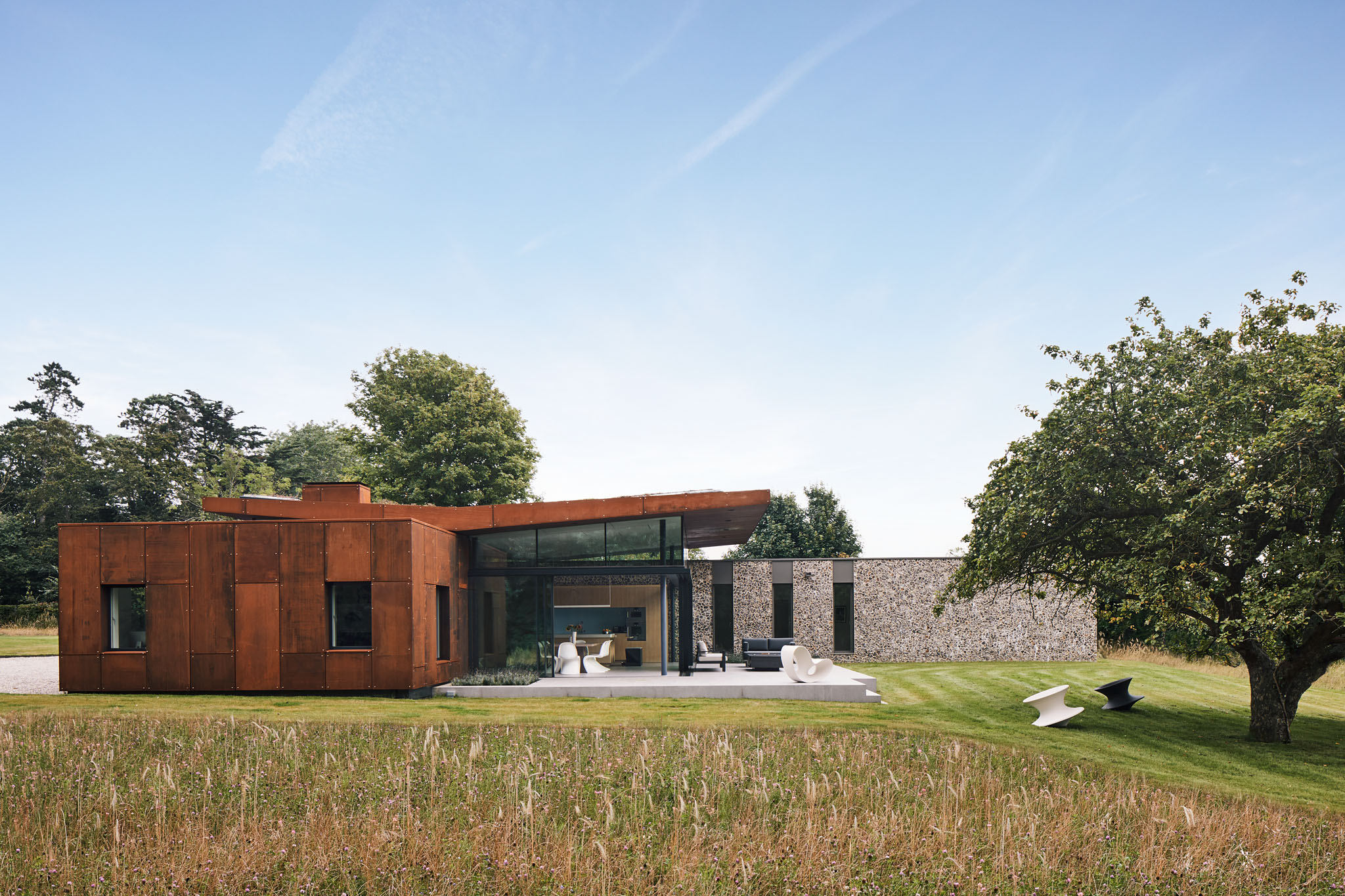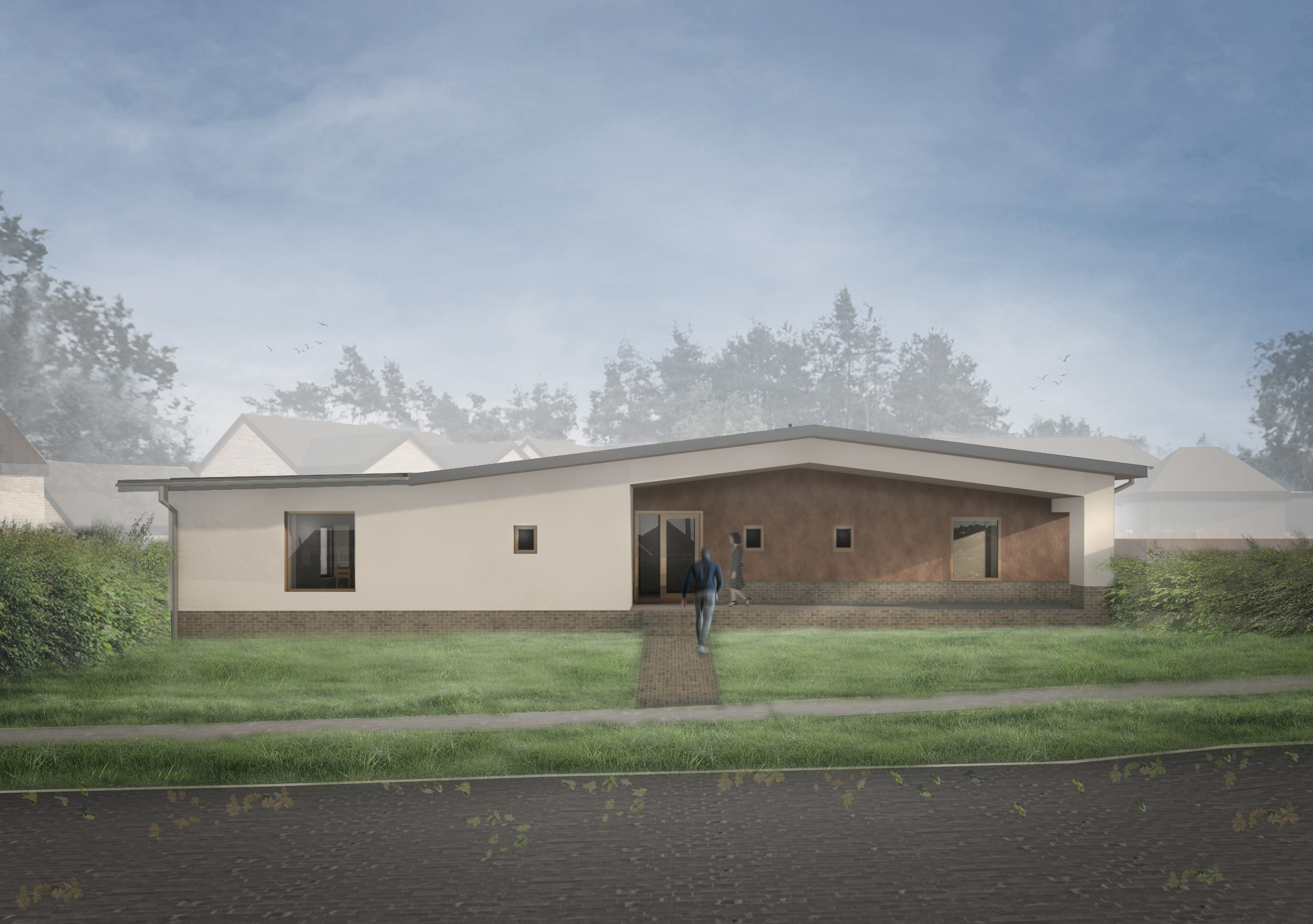
Louise Boddie explores effective strategies to keep our schools cool during heatwaves to ensure comfortable learning environments for students and teachers in an insightful article for Public Sector Build Journal.
We’re delighted to share that an article penned by our Senior Associate, Louise Boddie, has been published in Public Sector Build Journal. The article, ‘Keeping Our Schools Cool During a Heatwave’ tackles the crucial challenge of maintaining comfortable learning environments for students and teachers in the face of rising temperatures.
As the UK experiences hotter summers and record-breaking heatwaves, it is imperative that we find effective solutions to combat overheating in schools. Limited funding and ageing infrastructure make this task even more critical. In the article, Louise explores both quick-win passive cooling methods and long-term strategies to address the issue.
One key aspect discussed in the article is understanding the impact of sunlight on classroom temperatures. The design and orientation of school building play a crucial role. By incorporating external shading devices on south and west-facing facades, the amount of heat entering the building can be significantly reduced. This cost-effective measure, along with retrofitting shading devices such as overhangs, louvres, and external blinds, can provide much-needed relief during heatwaves. Furthermore, considering the building’s materiality and colour can help radiate heat away, contributing to a cooler interior.
The article also emphasises the importance of how we use school spaces. Movement between internal and external learning areas can impact temperature regulation. By introducing buffer spaces, lobbies, and shading structures, schools can minimise heat gain and loss, creating comfortable environments for students and teachers. The incorporation of vegetation, such as trees and trellises, not only provides shade but also reduces heat gains through evapotranspiration.
Improving ventilation and airflow is another crucial aspect addressed in the article. Simple measures such as ensuring windows can be opened and creating airflow routes contribute to better air quality and reduce the reliance on costly mechanical cooling systems. In cases where existing buildings still struggle with heatwaves, deeper retrofit options, including fabric upgrades and active mechanical cooling systems, may be necessary.


